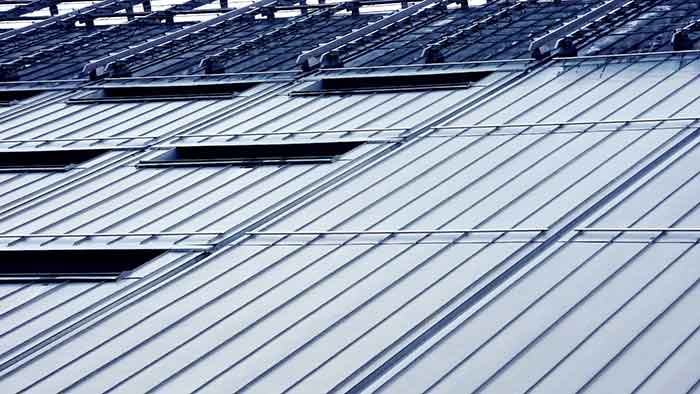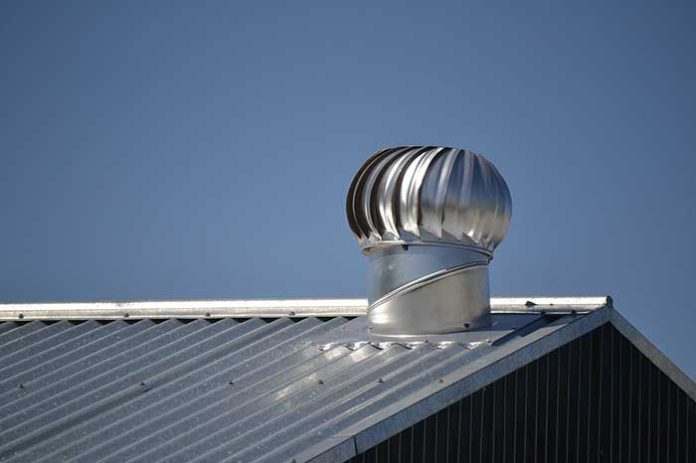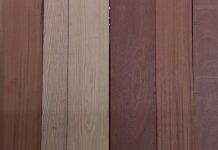Just one bad storm can be enough to cause havoc on most roof types. Strong winds, hail, leaks, and sun damage are the sort of things that can keep a homeowner up late worrying about their roof. Luckily, there is a rugged type of roof that can stand up to the worst that mother nature can dish out. Curious? Perhaps it is time to take a deeper look at metal roofing.
A metal roof is often made of recycled metals, with iron and aluminum being two of the most popular materials. Metal roofs are prized for their easy adaptability, eco-friendly nature, and long-lasting durability. Still, some hazards and the overall installation expense should be factors that any homeowner keeps in mind when considering if a metal roof is right for them.
Of course, the situation has much more nuance than the brief synopsis above can contain. So, without further ado, let’s look at the crucial advantages and disadvantages of metal roofs that every homeowner should know.
Advantages of a Metal Roof
Metal Roofs Are Easily Adapted for Local Conditions:
Not only is metal an attractive material to use for roofs, but it is also excellent in a myriad of different meteorological environments. For example, metal roofs can be just as beneficial during a blizzard as a heatwave. This is due to the wide variety of styles such roofing systems can come in and the versatility and durability of the materials.
However, this doesn’t mean that any metal roof is suitable for any location. Work must be done to adapt a metal roof wherever it is installed.
And it is for this reason that finding a local roofing contractor with metal roof experience is so important. The stresses placed on a Midwestern roof are likely to differ from the desert climates of Arizona or Nevada. For example, a metal roofing contractor in Cass County, IN, will likely know the best ways to combat common roofing issues in that part of the country, such as ice dams or damaging winds. Such problems make finding a roofing contractor who understands your local climate paramount.
Metal Roofs Can Last a Lifetime:
Not to be macabre, but a middle-aged homeowner with a metal roof may not live to see the day it needs replacement. This is because this roof type has one of the longest lifespans in the industry—approximately 40 to 70 years with proper installation and care.
Metal Roofs Are an Environmentally Friendly Choice
Metal roofs are a great choice for those that want an eco-friendly roof for a few reasons. First, metal roofs can be made from recycled materials, so they rely on less resource-intensive resources and methods in their construction.
Second, metal roofs last much longer than a conventional roof, and not having to replace a roof every 15-20 years saves both money and the environment—especially when the top itself should be fully recyclable at the end of its lifespan.
Lastly, this roof type is easily coated to make it up to 82% more effective at rejecting solar heat transfer (compared to uncoated steel).
Disadvantages of a Metal Roof

Metal Roofs Create Noise
One clear disadvantage of a metal roof is the amount of noise it can create. Heavy rain can create quite the din when hitting a metal roof, and hail can be much worse. Even wind can make a racket by knocking loose sheeting together. So what are metal roof owners to do?
Fortunately, this isn’t a novel problem for metal roofs. Most roofing companies will be able to use dampening materials during installation to lessen this sort of auditory pollution for homeowners. However, if a roof was improperly installed, there are still several DIY solutions a homeowner can try.
Fixes include:
- Securing or tightening loose sheeting.
- Installing a vinyl barrier.
- Other sound-dampening materials create a noise buffer and lessen the issue.
Metal Roofs Can Be Hazardous to Maintain
Some homeowners may be hesitant to install a metal roof due to fears that such roofing may attract lightning strikes. While this may make sense at first glance due to the conductive properties of most metals, in reality, the fear is likely overblown. Even if a metal roof is struck, the lightning should be conducted on a safe path away from home. In addition, compared to other roofing types, such as asphalt, the danger of fire from a lightning strike is much lower.
A much more significant hazard for metal roofs is how slick they can become when wet. There is almost no grip on a metal roof compared to other styles, especially when moisture is present. For this reason alone, it is always a good idea to wear the proper safety equipment when venturing out on a metal roof for repairs or inspection and be sure that the surface is bone dry as well—to minimize the risk of slipping.
Metal Roofs Come with Added Expense
The final sticking point for some will be the price of a metal roof. The more expensive materials and added labor combine to make metal roofs a pricey option. However, while comparing a single installation will make metal roofing seem more costly in comparison, over the lifetime of the covering, most homeowners should save money. These savings are because a metal roof can easily last three times as long as others that use architectural shingles.
Roofing Pros Will Know if Metal Is Right for You
In the end, finding the right roofing contractor can make all the difference in ensuring that your metal roofing experience is a success. So, be sure to do your due diligence when looking for a partner for this sort of project. Enquire how the contractor will work with your unique situation, and be sure to ask for references from previous clients. Finally, take your time and consider all your options. After all, few things are more important than having a good roof over your head.





